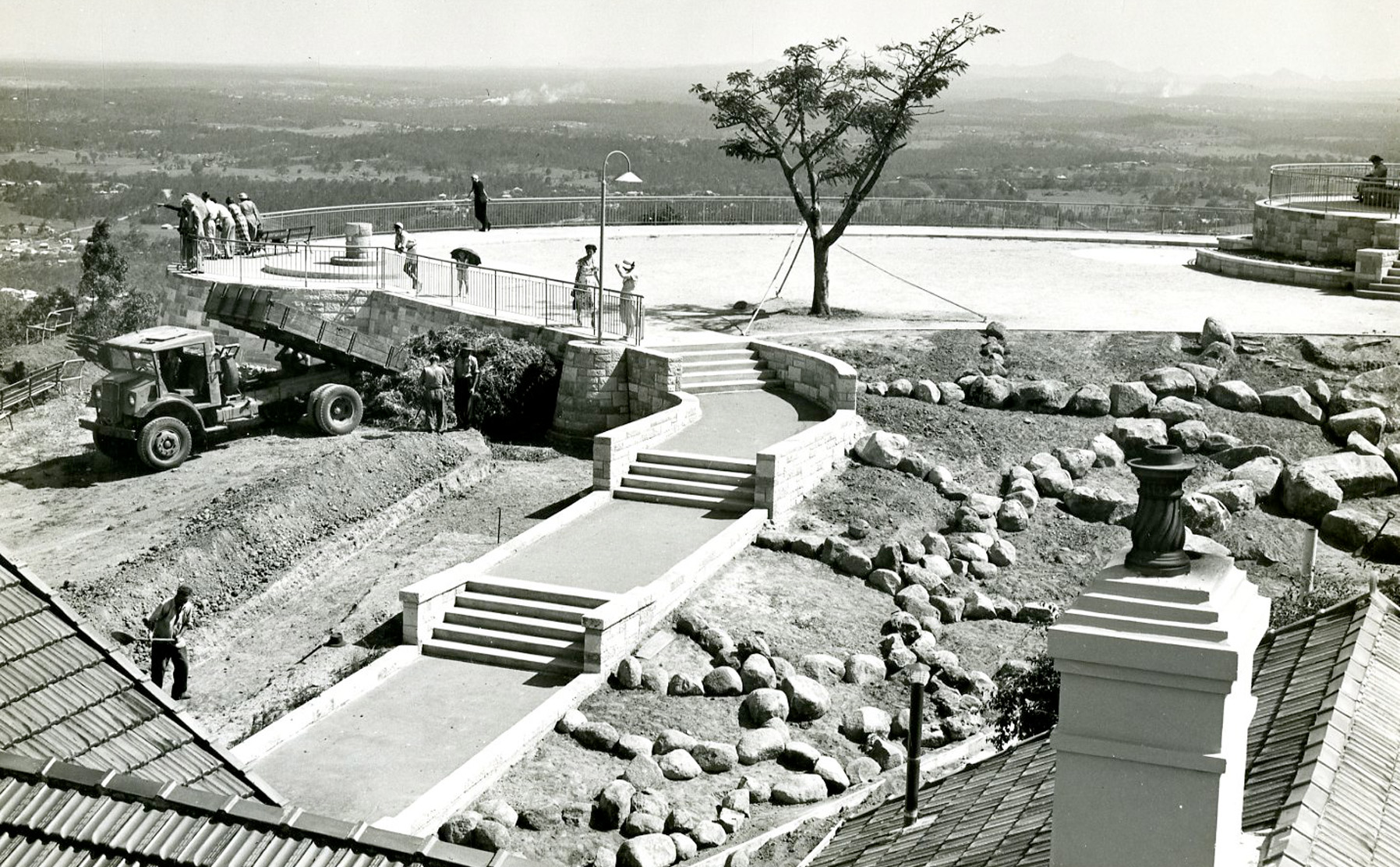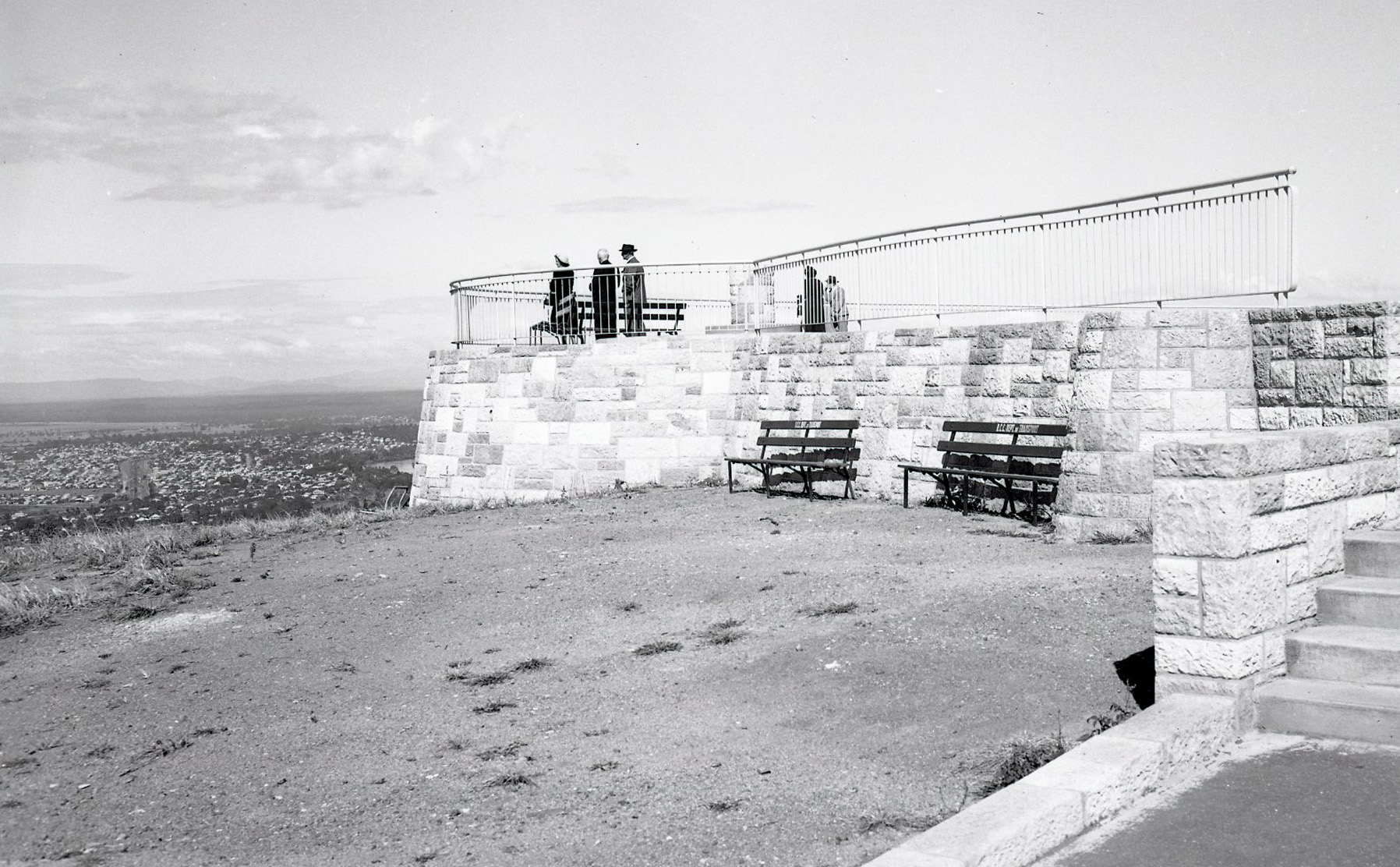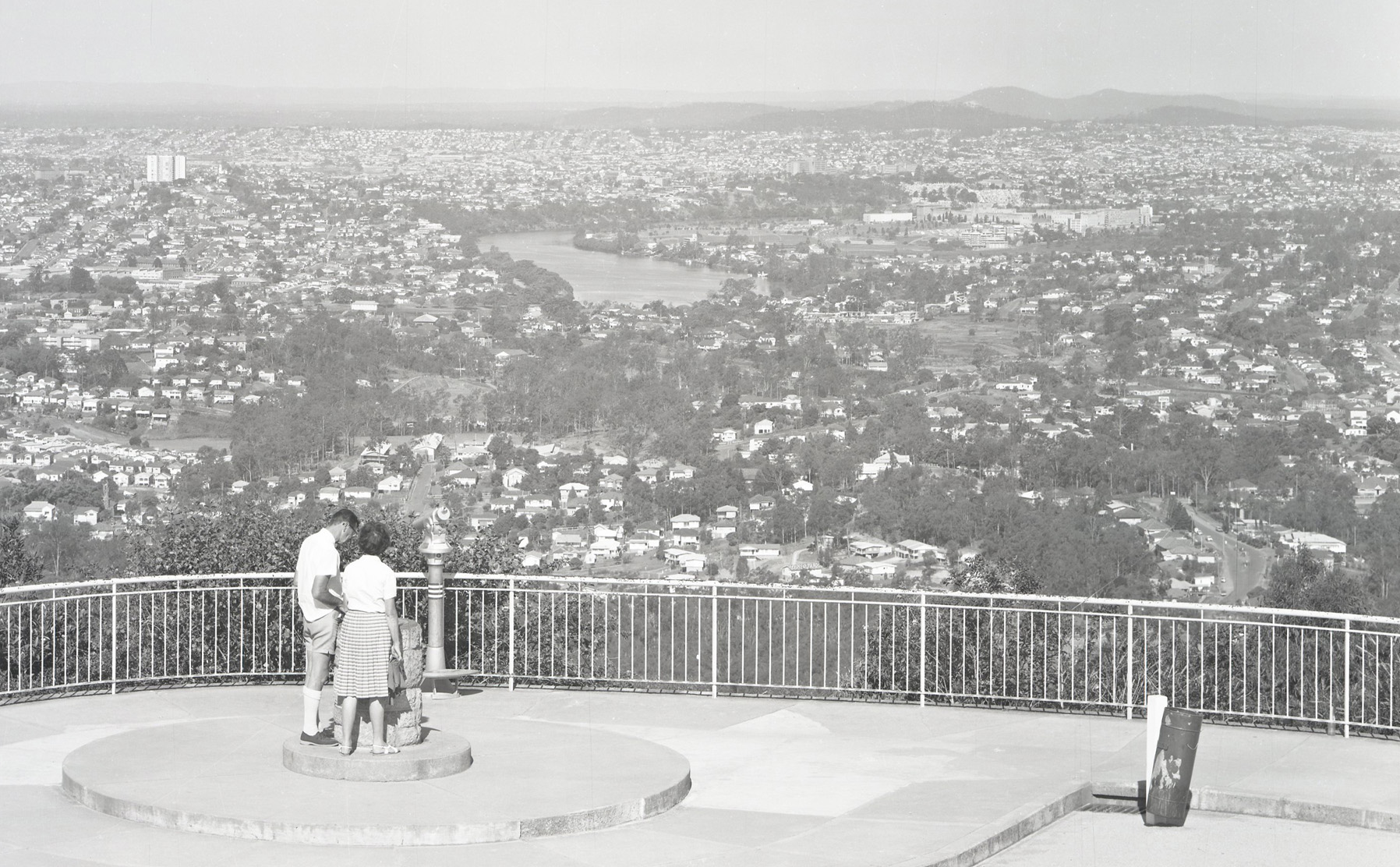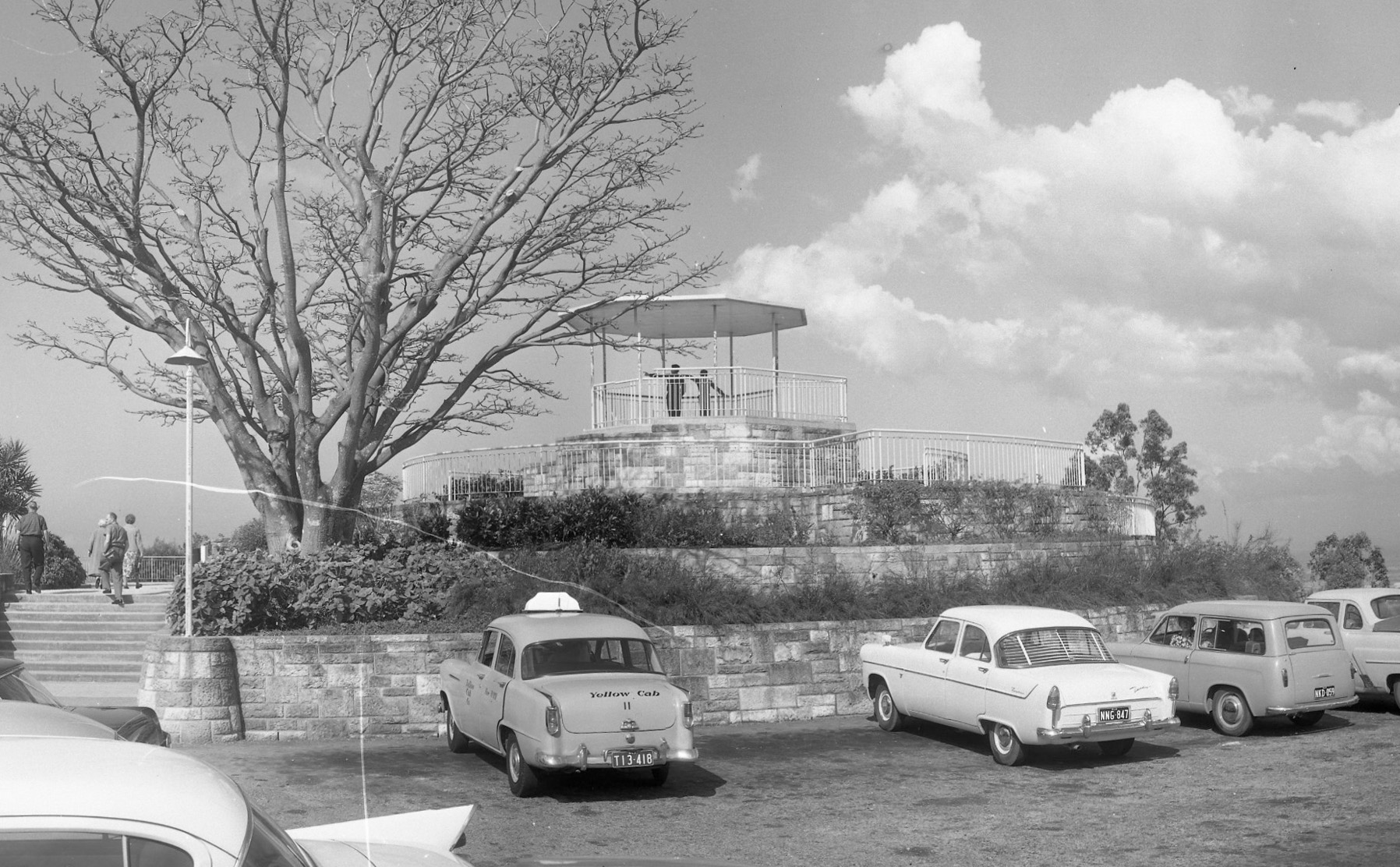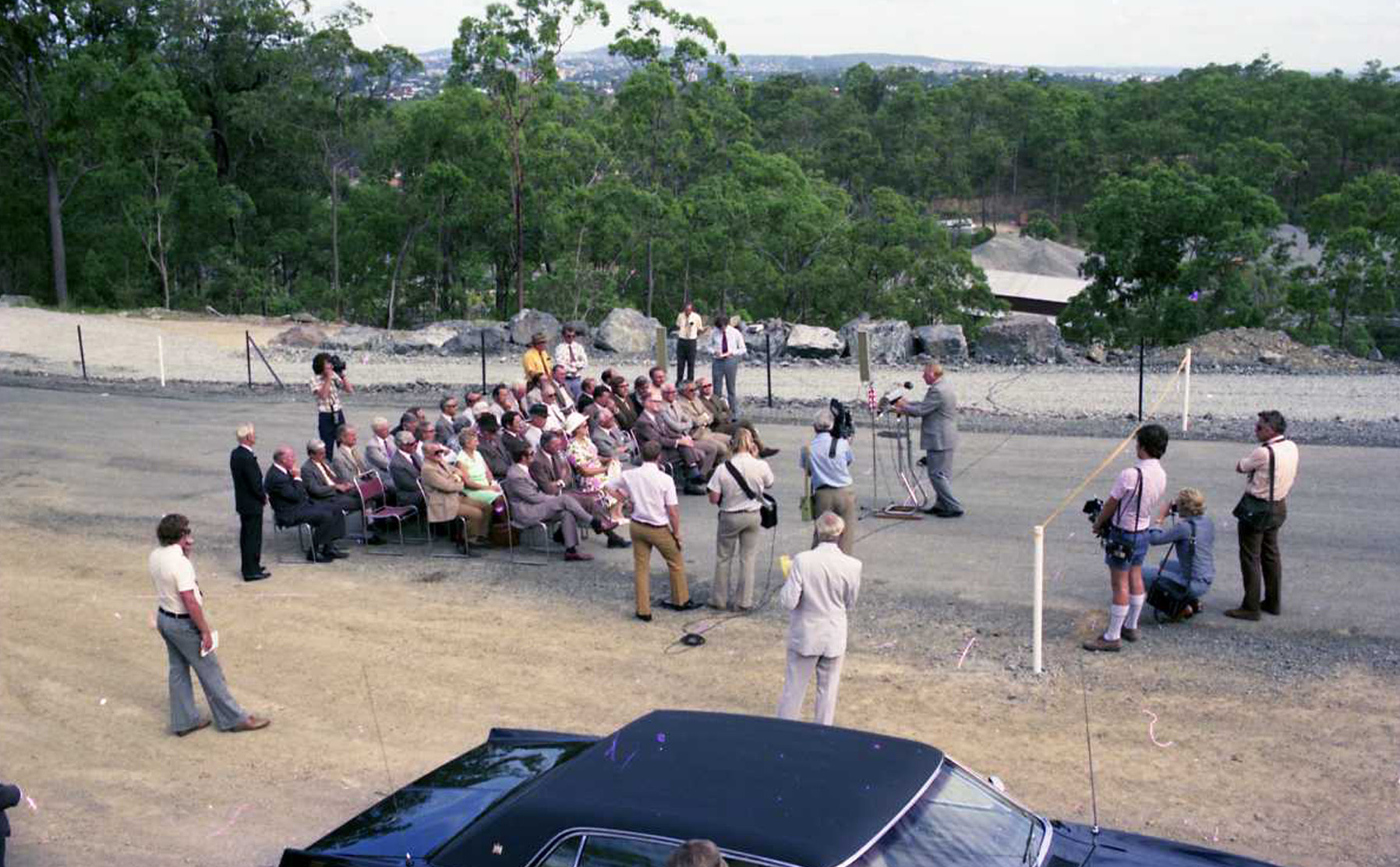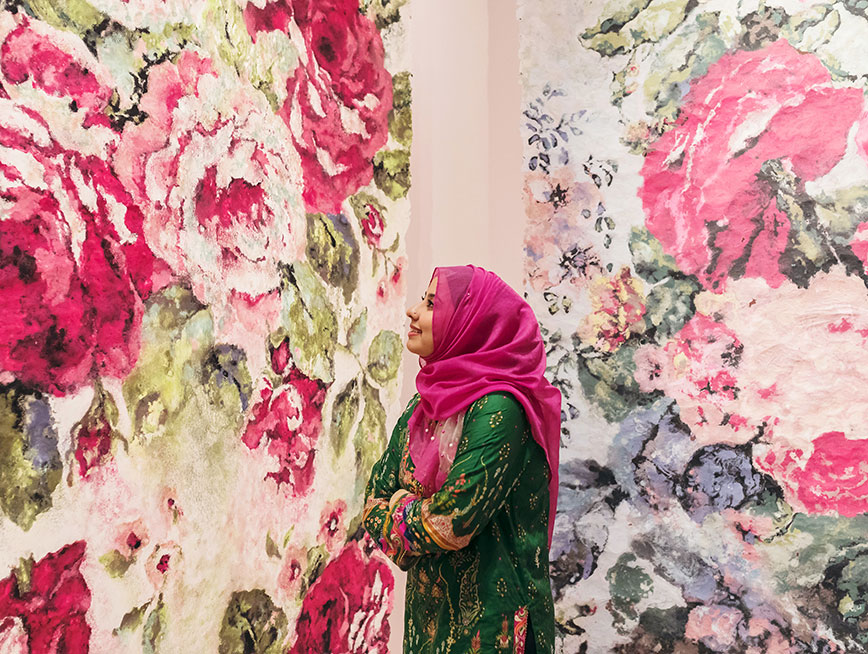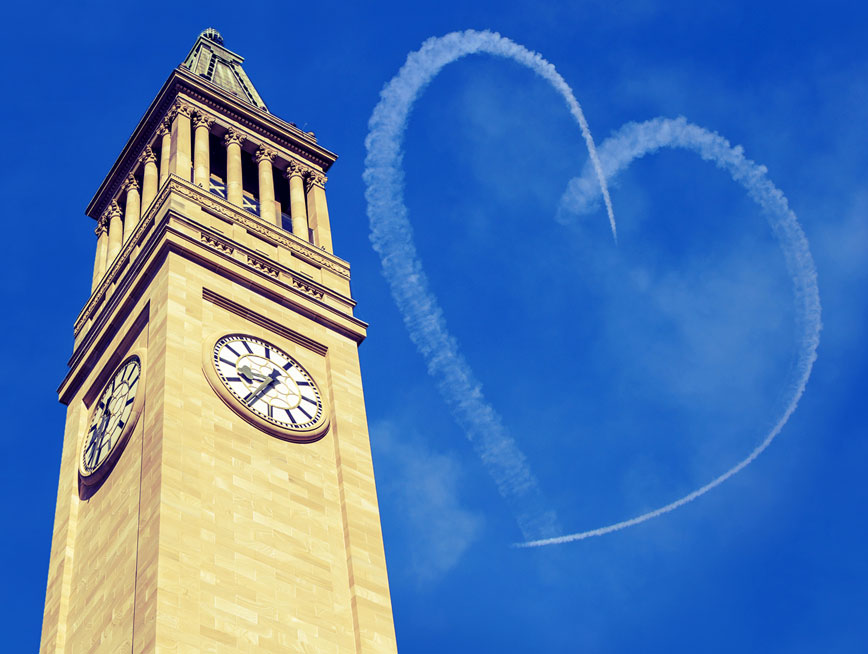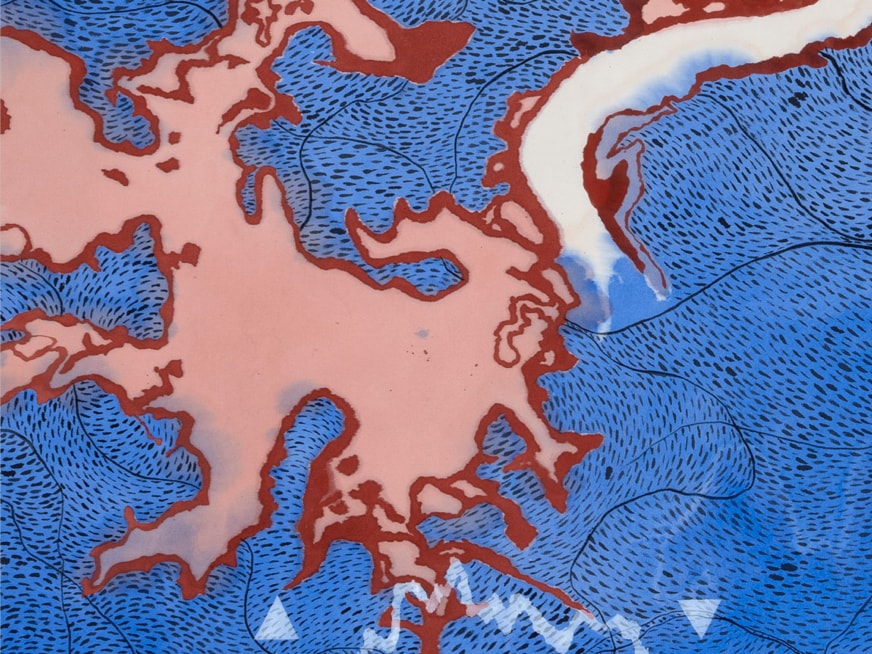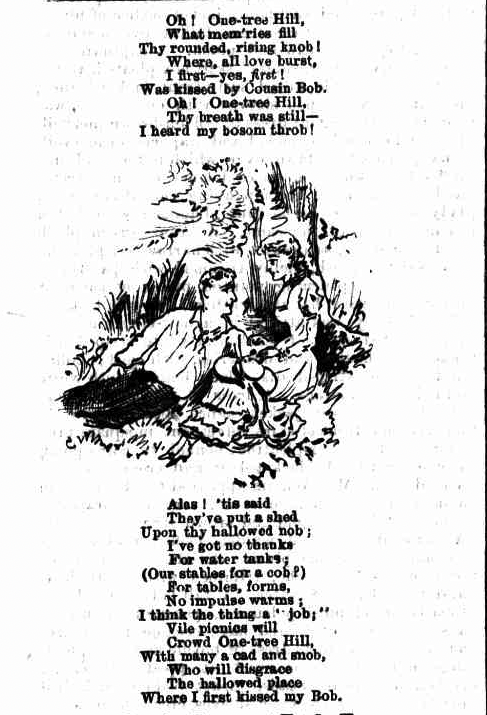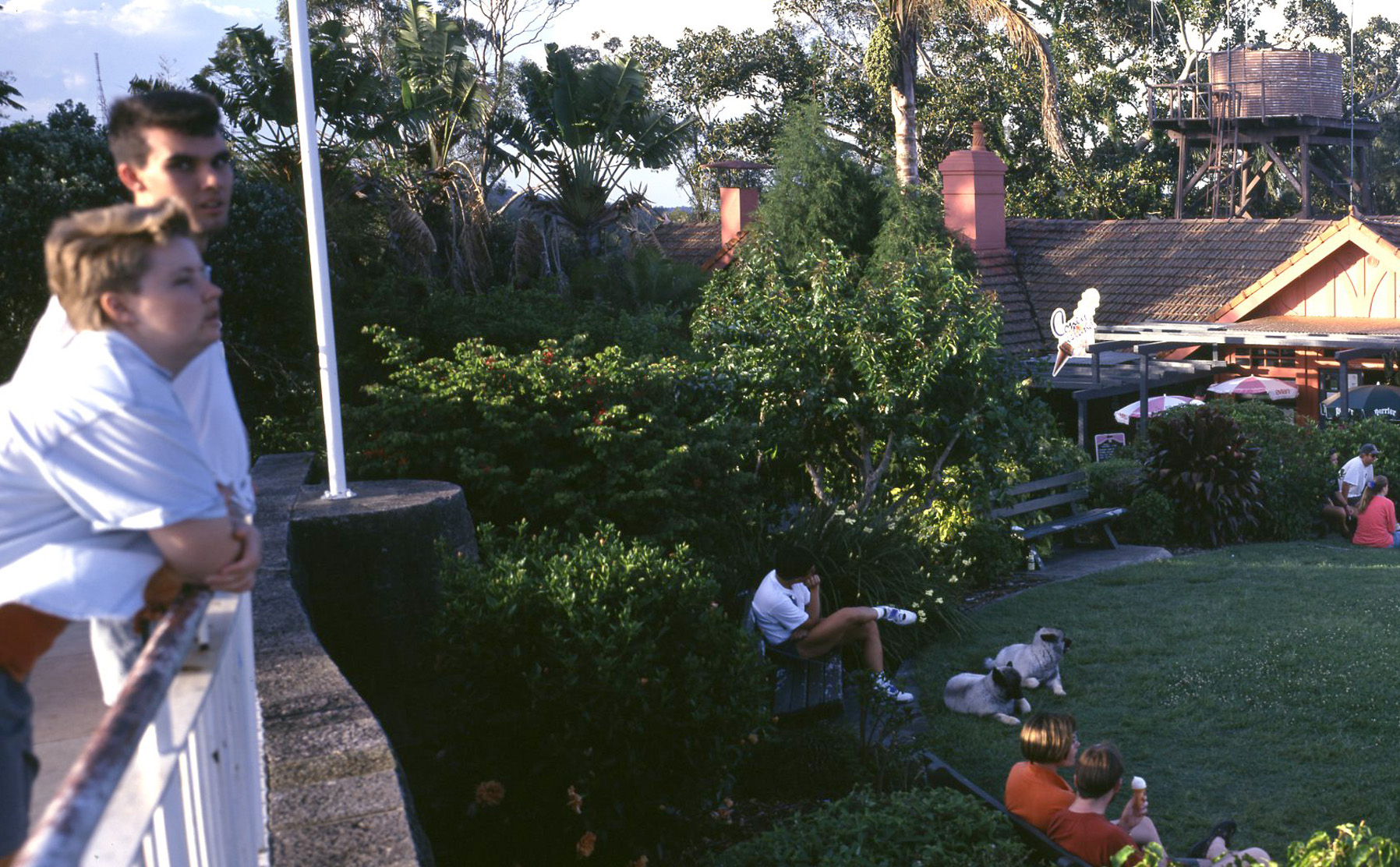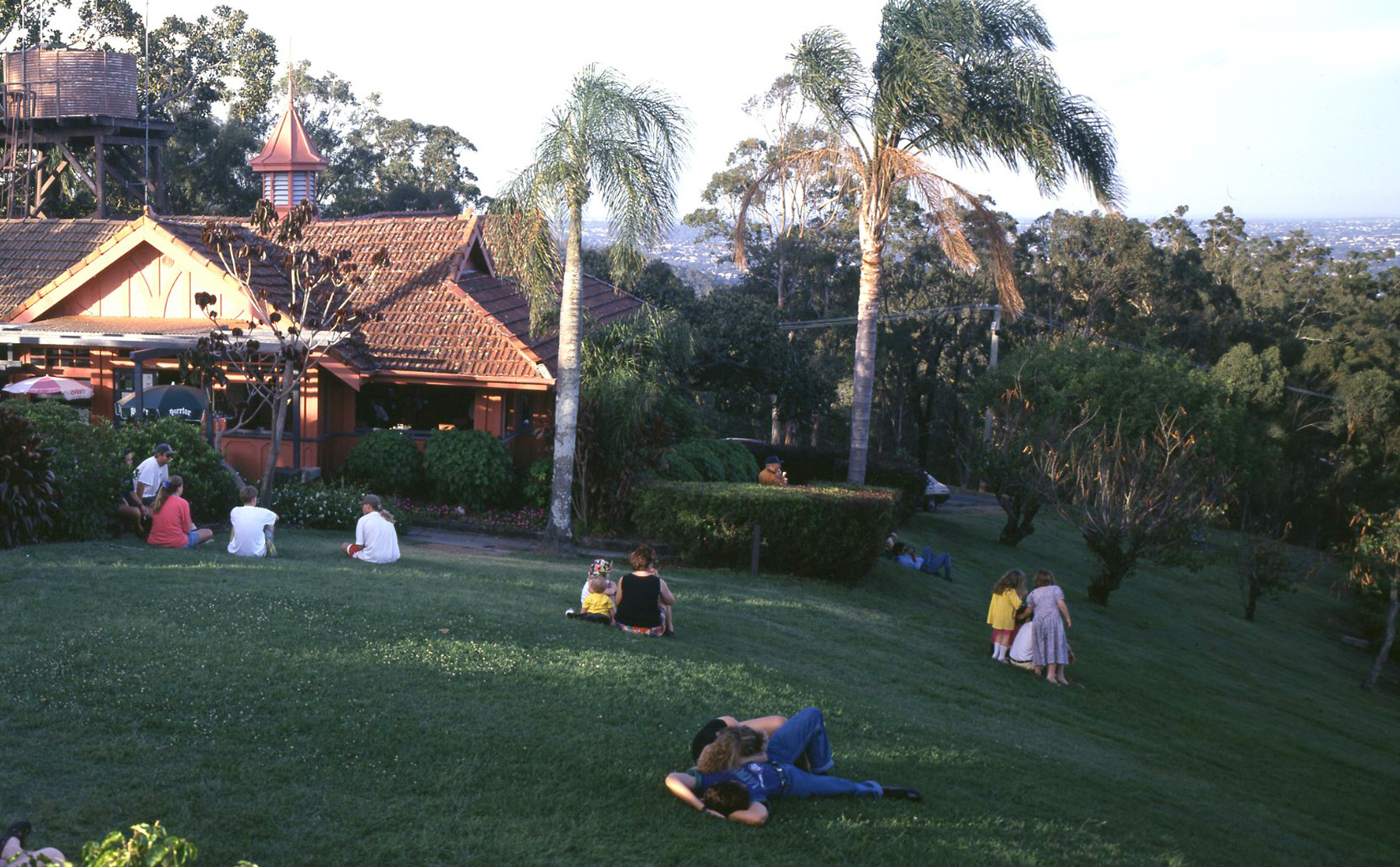Described in 1918 as “an ideal refuge for the weary citizen, from worldly care”, Mount Coot-tha summit has long been a beloved spot by the people of Brisbane; a place to clear one’s head, gaze upon the sprawling city below or into the eyes of a sweetheart.
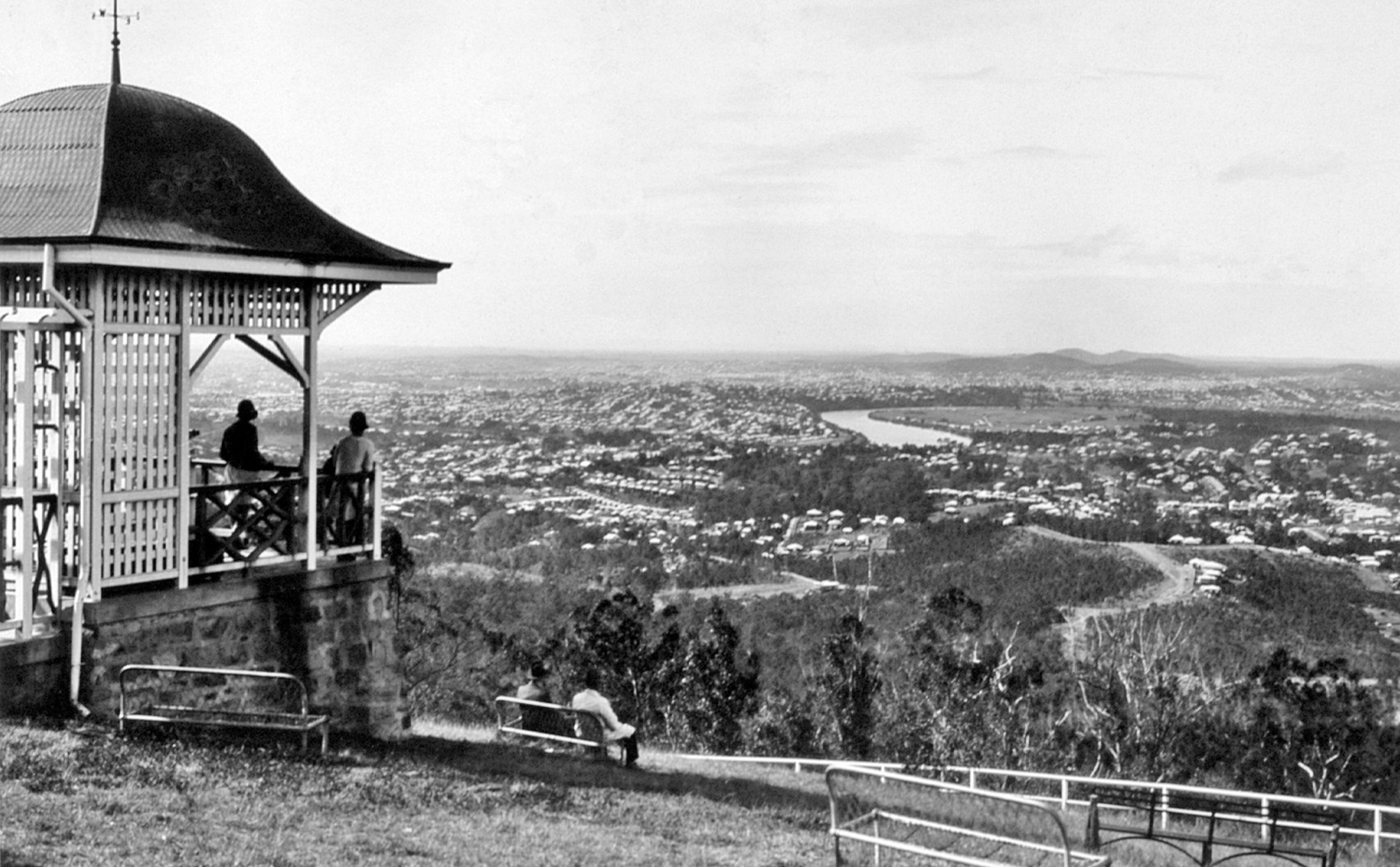
Known by the Turrbal people for its plentiful beehives, the traditional name for the hilly area now known as Mount Coot-tha is Kuta, meaning place of wild or black honey, or a place of many hives of wild, stingless bees.
In 1823, John Oxley was the first European to describe the hills of Brisbane in writing, naming them the Glenmorrison range after an area in Scotland. However, it was another five years before his fellow Europeans reached our mountain’s impressive summit. Amongst them was NSW Colonial Botanist, Charles Fraser, who noted a particularly commanding tree at its peak, from which came the popular name One-Tree Hill.

In 1865, Queensland’s Surveyor-General refused an offer from a private buyer to purchase One-Tree Hill, believing it to be vital not only for surveying works but for the people of Brisbane, their recreation and respite.
Now called the Taylor range, the hills were declared a reserve on 21 February 1873 to provide timber for the construction of a railway line from Ipswich to Brisbane. People had ventured to the summit, some with horse and carriages, for many years when, in 1880, One-Tree Hill and the surrounding 1,500 acres became a reserve for public recreation. It is reported that it was at this time that the name was changed to Mount Coot-tha after Mr HW Radford, Clerk of the Parliament, and Honorary Secretary to the Trustees of the Public Recreation Reserve consulted with a member of the Turrbal people.
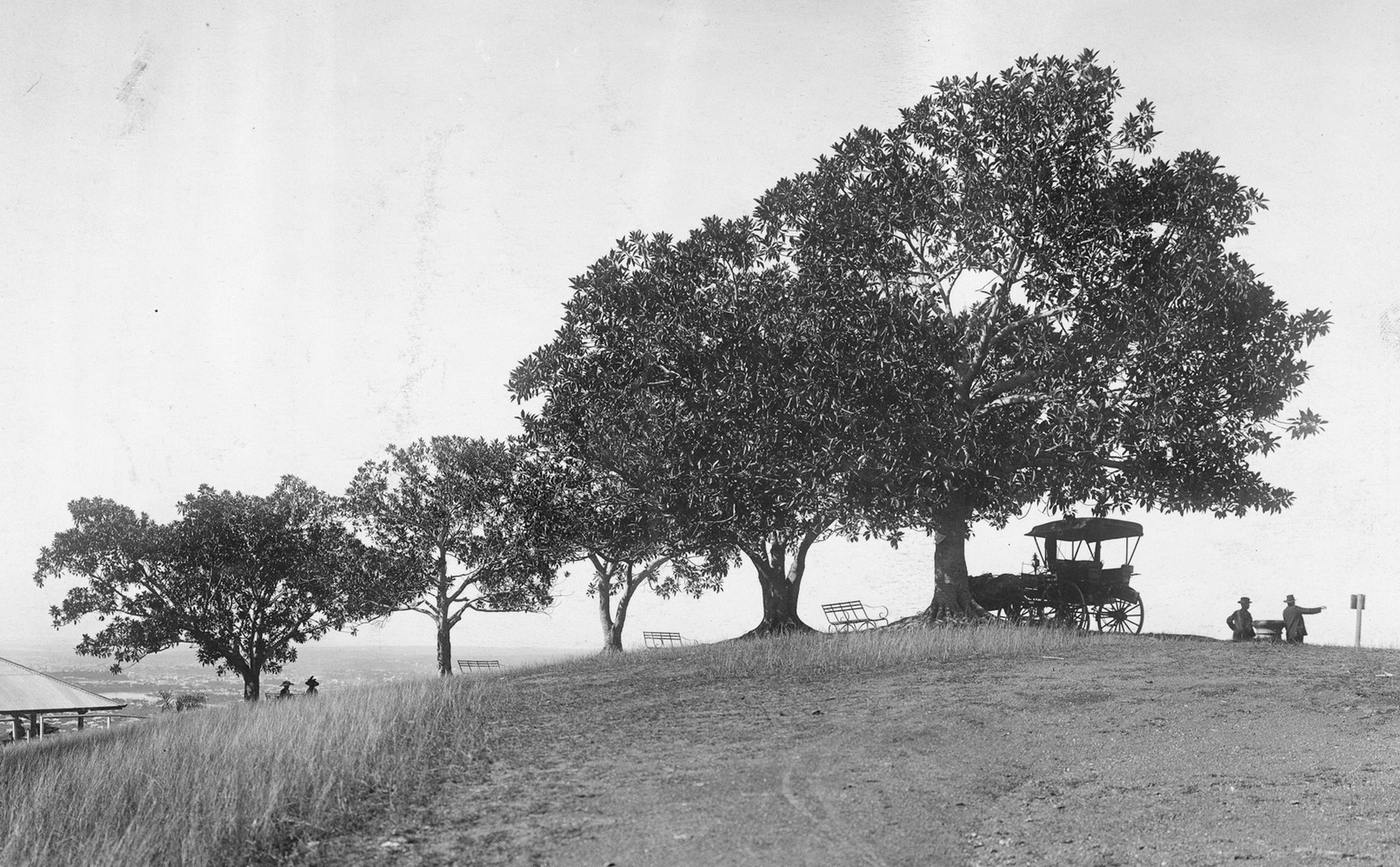
The Duke of Clarence and Prince George (later King George V) commemorated their visit to Mt Coot-tha in 1882 by planting two Moreton Bay figs. The track, however, was rough and undefined. After the public reserve was declared, access was improved with establishment of a steep and winding road.
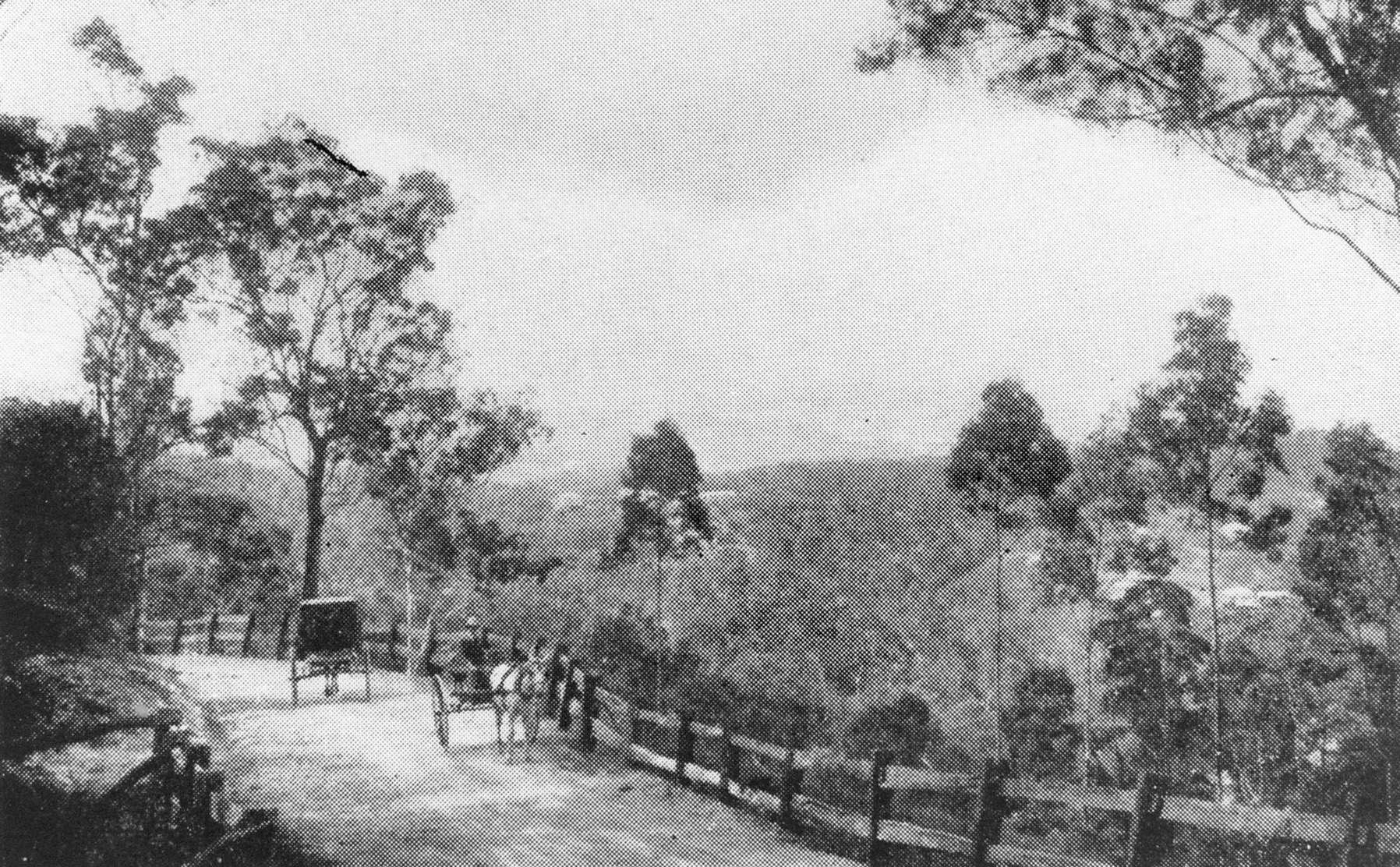
Now easier to get to, some members of the public thought the summit itself could do with a few improvements, as is evident in this Letter to the Editor from The Telegraph in 1885:
TO THE EDITOR. — Sir, — Few places, if any, can command such a magnificent view, so near our city as the One Tree Hill. The road to the top of the hill having now been completed for some time, is sure to draw the many who have a desire at all for scenery, to visit this place. The road is good, and with a few provisions, a very pleasant day’s outing may be spent. The country all around can be most distinctly seen; as also Moreton Bay, and the vessels lying there, while the whole of the city and environs is laid open before you, and a better view of the serpentine winding of the Brisbane River could not be wished for. After reaching the top of the hill the pleasure seeker finds at his disposal a few seats whereon to rest. These seats, like all others, are cut and carved pretty well by those who have visited this now favourite spot. Two things may be said to be particularly wanted. And as, I believe, a grant has, or is likely to be given, for improvement, I would suggest that they be attended to, viz., the first and most important is the erection of a water tank, so that visitors could get something soft to quench their thirst. The second requirement is a shade erected from the excessive heat of the sun. With these, there is no doubt it would become a favourite spot for pleasure seekers, and if those who have got to do with the spending of the money will bear these in mind they will do well. Hoping you will insert this in your valuable paper. — Yours. &c., A VISITOR. Brisbane, 23rd March.
The Telegraph, 25 March 1885.
Our pleasure-seeking visitor must have been thrilled when they read the Brisbane Courier on Friday 9 April 1886, which reported:
THE trustees of the public park, Mount Coot-tha, are affecting improvements on and about One-Tree Hill that must prove gratifying to the community at large…. a commodious shelter-shed is now in course of erection. This structure will be roofed with corrugated iron to afford it catchment for the rainfall; and a couple of iron tanks will be used to store fresh water for the use of visitors to the park. Within the shed fixed forms and tables will be placed.
Brisbane Courier, 9 April 1886.
However, as with much proposed construction, not everyone was pleased, as is evident in this passionate submission to the Queensland Figaro on 29 March 1886:
Oh! One-tree Hill,
What mem’ries fill
Thy rounded, rising knob!
Where, all love burst,
I first — yes, first!
Was kissed by Cousin Bob.
Oh! One-tree Hill.
Thy breath was still —
I heard my bosom throb!
Alas! ‘tis said
They’ve put a shed
Upon thy hallowed nob;
I’ve got no thanks
For water tanks;
(Our stables for a cob?)
For tables, forms,
No impulse warms;
I think the thing a “job;”
Vile picnics will
Crowd One-tree Hill,
With many a cad and snob,
Who will disgrace
The hallowed place
Where I first kissed my Bob.
Queensland Figaro, Saturday 29 March 1886.
Just as our poet feared, with the addition of a water tank and shelter, more people began to flock to the summit for days-out, though it was not all first kisses and romantic sunsets:
TO THE EDITOR. — Sir, — With reference to the warning in Saturday’s Telegraph, to persons visiting One Tree Hill, I would just like to add that the caution was very necessary, for on Saturday afternoon last a very ferocious cow came out of the scrub and actually charged down on some ladies who were under the shed on top of the hill, and if it had not been for the pluck of one of them, would have done considerable damage; as it was, one young lady had a few of her teeth knocked out, besides receiving a very severe shock, after which the cow charged down on two young fellows who were coming up the hill. Now sir, could not something be done before a serious accident happens? — Yours. &c., CAUTION.
The Telegraph, Monday 2 August 1886.
We don’t know if this reader’s plea was answered but we can only hope that no more teeth were lost at the hoof of rogue cattle. Just before Christmas 1890, Mt Coot-tha was proclaimed a reserve for native birds.
Queensland’s Factory Act of 1900 saw the introduction of the Saturday half-holiday, which we now know to be the humble beginnings of what we call a weekend. With people being afforded more time to themselves, recreation activities and places to enjoy them began to grow hugely in popularity. The advent of the motorcar also contributed greatly to this and driving itself became a leisurely pastime. Consequently, the infrastructure of Mount Coot-tha saw much development over the ensuing 50 years.
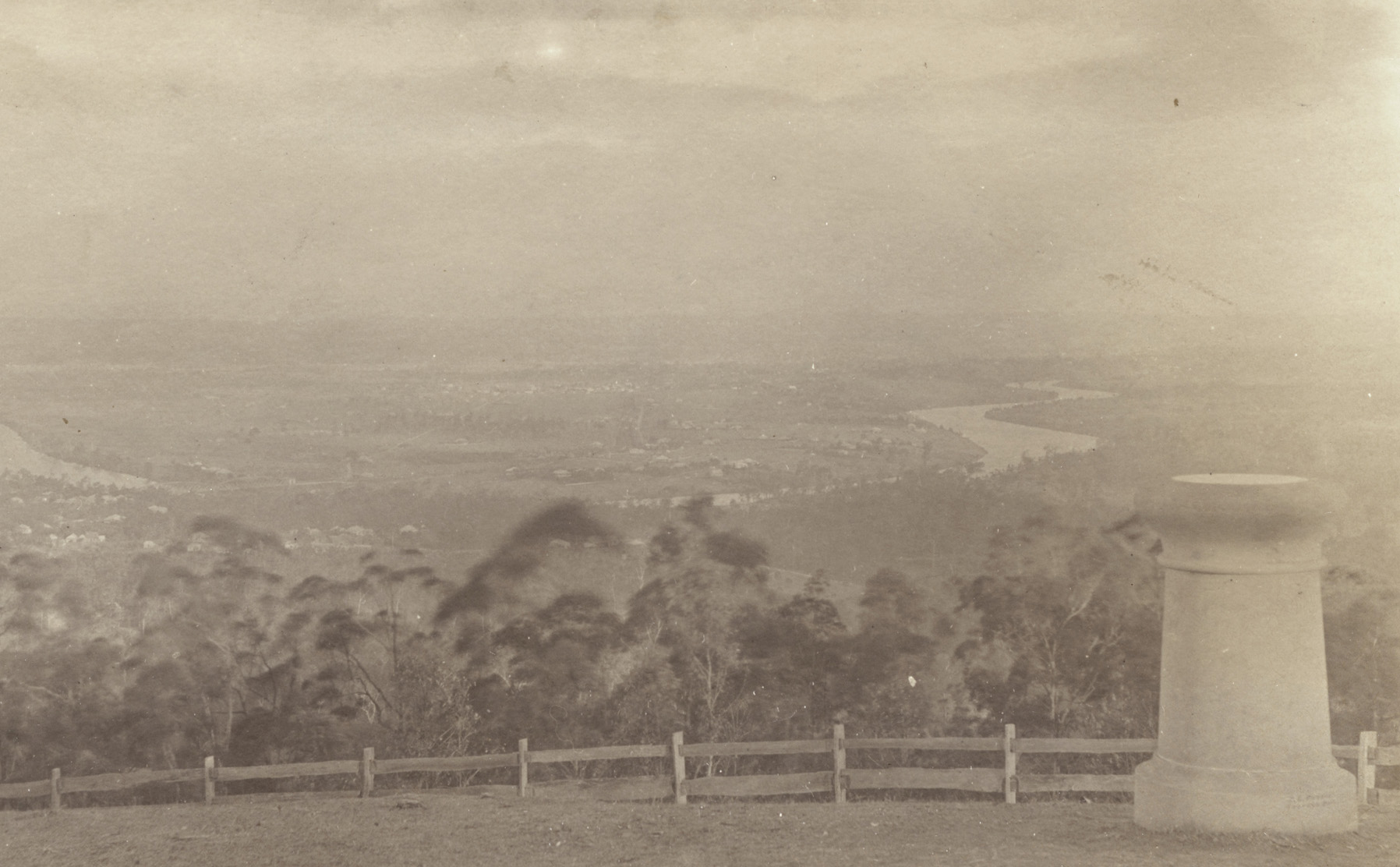
In 1902, the lookout spot was given protective railings and the viewing experience enhanced with the addition of a pay-per-view telescope and a stone pillar topped with directional lines pointing out landmarks and views of note. About ten years later, circa 1912, a small timber kitchen was built next to the existing shelter shed – the lookout’s first iteration of a kiosk.

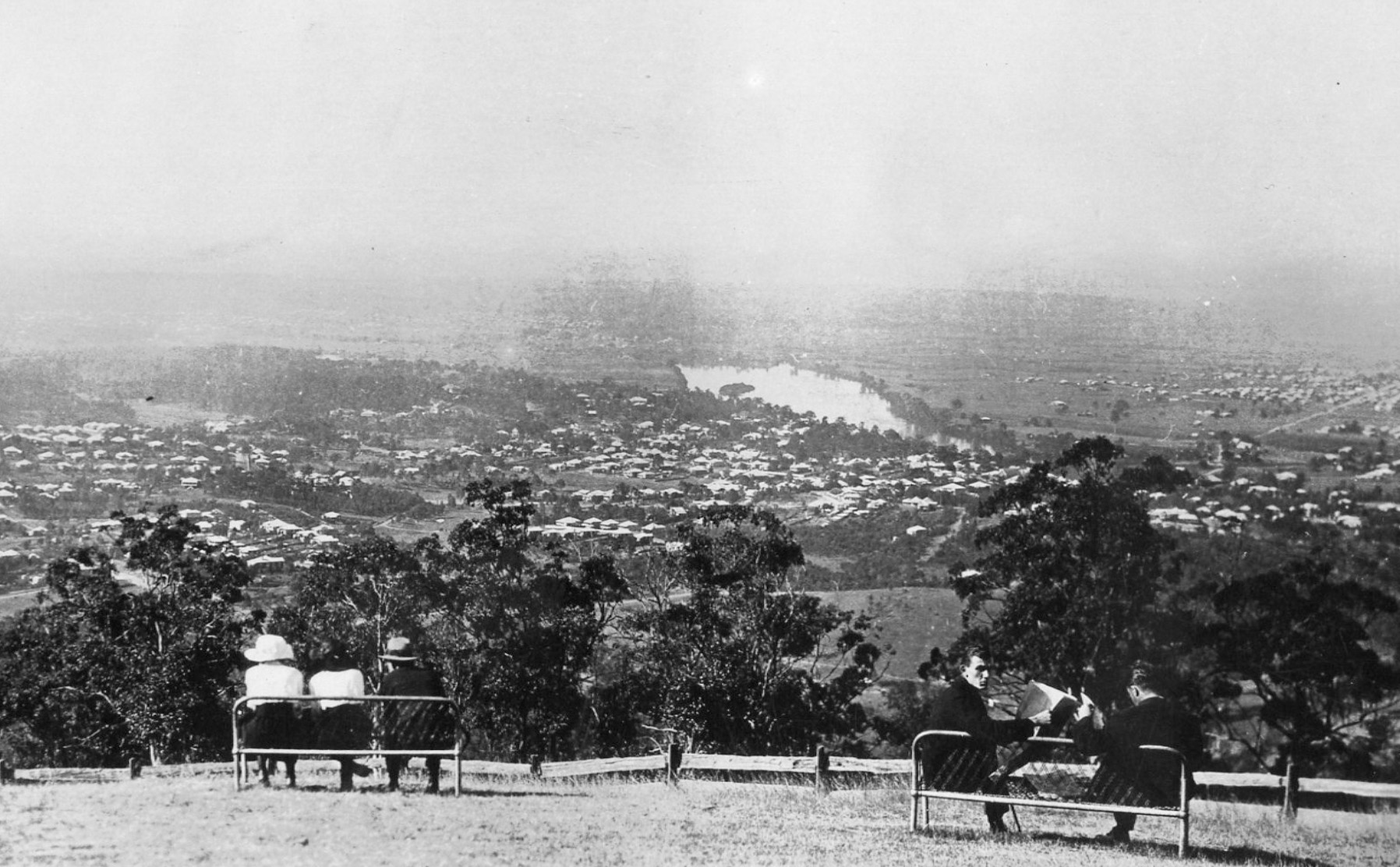
1918 saw many improvements made to the recreation area including upgrades on the road to the summit, which would later become Sir Samuel Griffith Drive; the addition of a new kiosk, which formed the basis for what is still standing today; and a small viewing gazebo. Ten years later, the shed and small kitchen were demolished to make room for a kiosk twice the size with living quarters, a chimney and a roof of red fibro cement tiles.
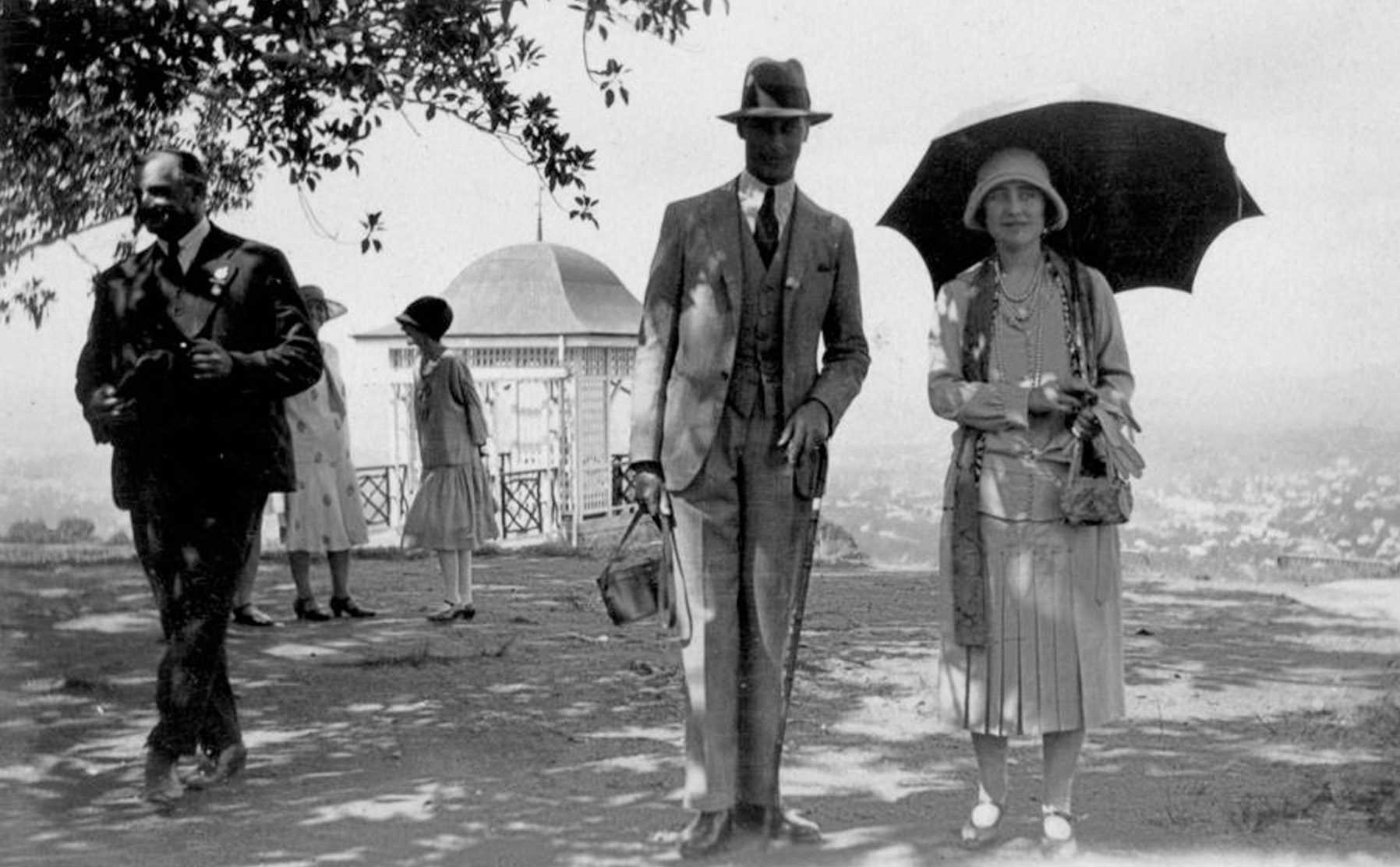
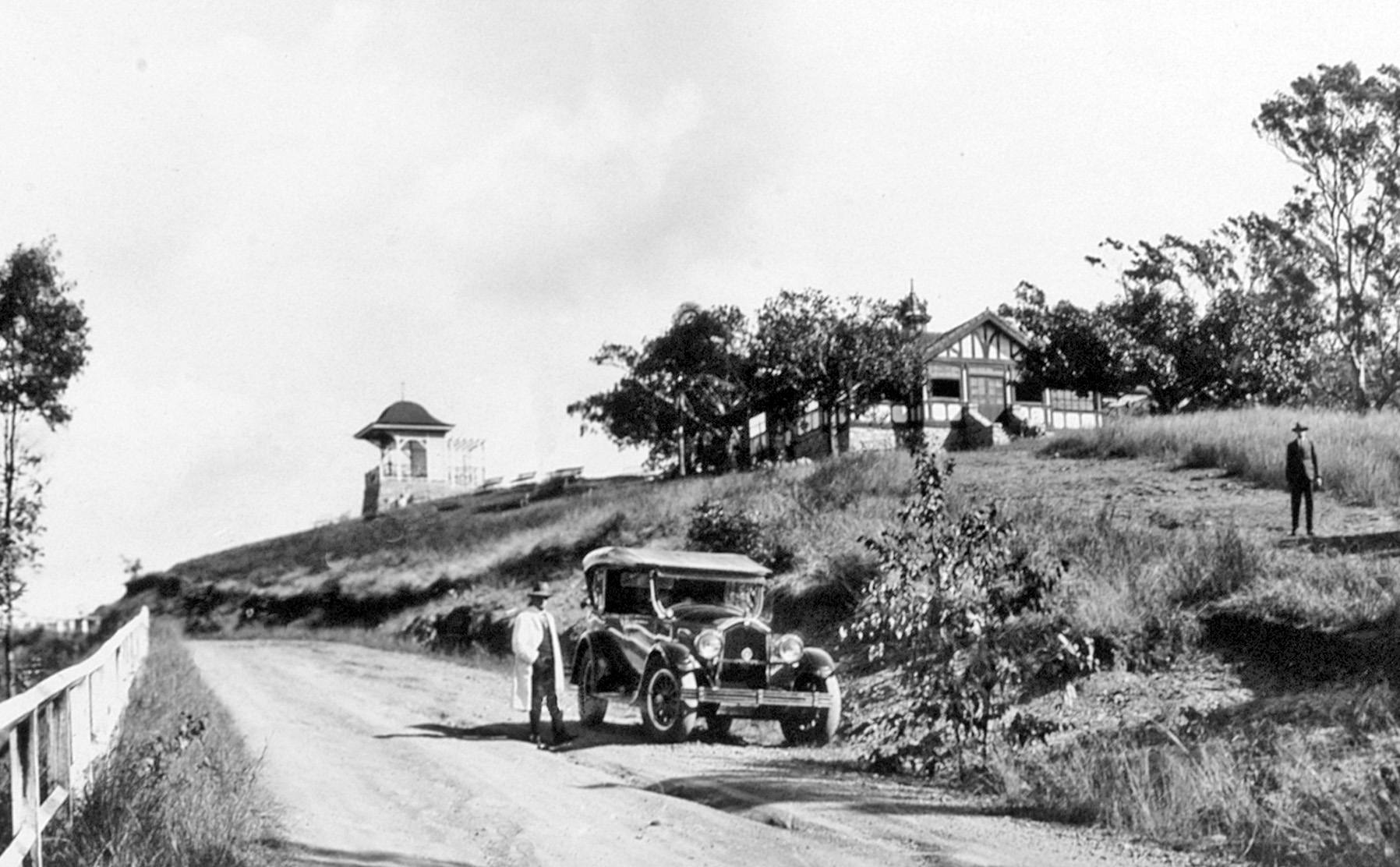
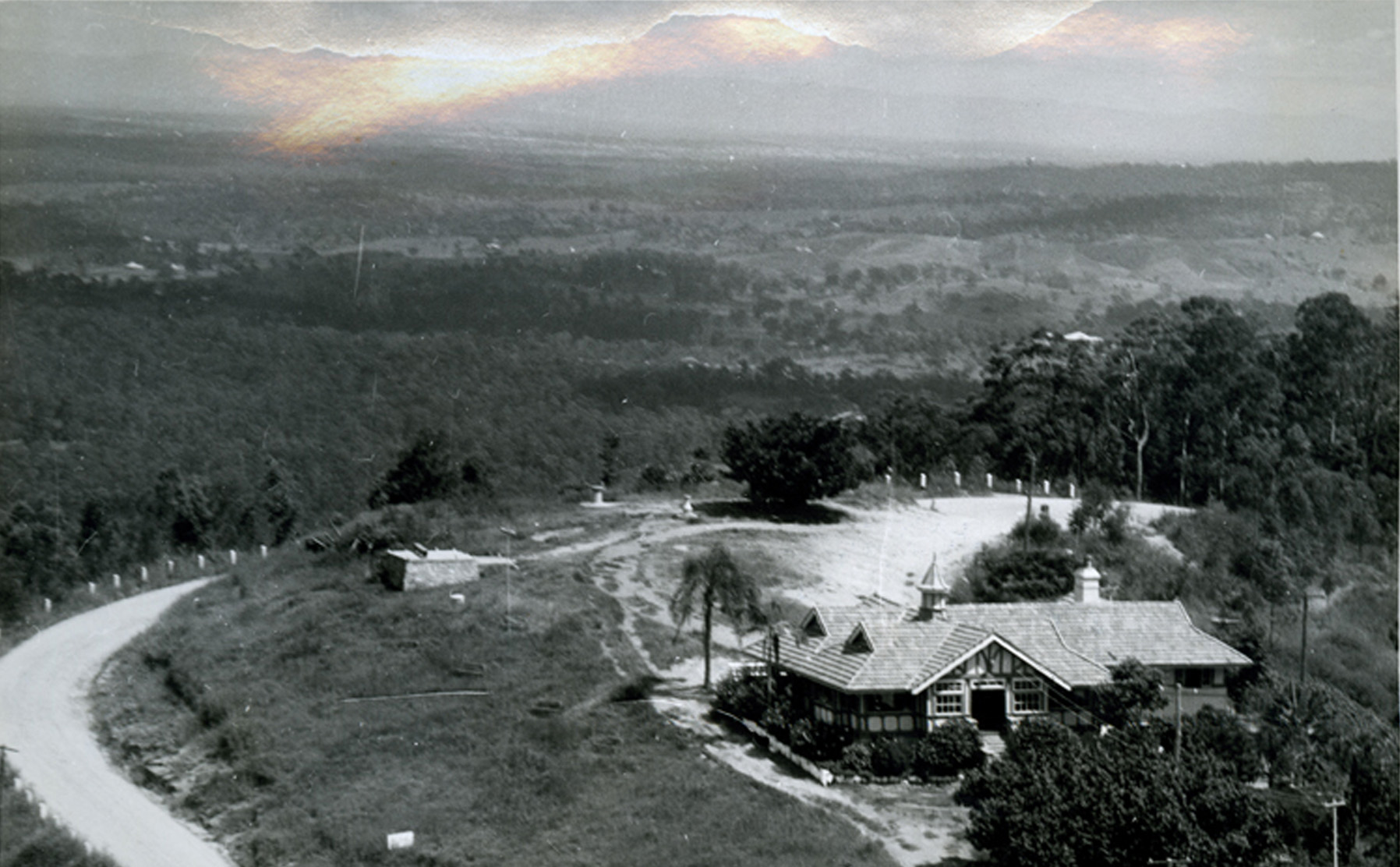
Affording arguably the best view of the city, during the Second World War Mount Coot-tha was used by the Royal Australian Air Force and the United States Navy to keep an eye out for enemy aircraft.
The next major works to the lookout were in the early 1950s when designs by Brisbane City Architect FG Costello were carried out including the addition of a circular drive, new entrance, lounge area and bathrooms. Later that year, further extensions were made to the living quarters and a tall timber tank stand was constructed behind the kiosk. Costello also designed the adjoining lookout, which was more like the one we know today, with its concrete canopy, stone base and radiating platform above a stone retaining wall.
